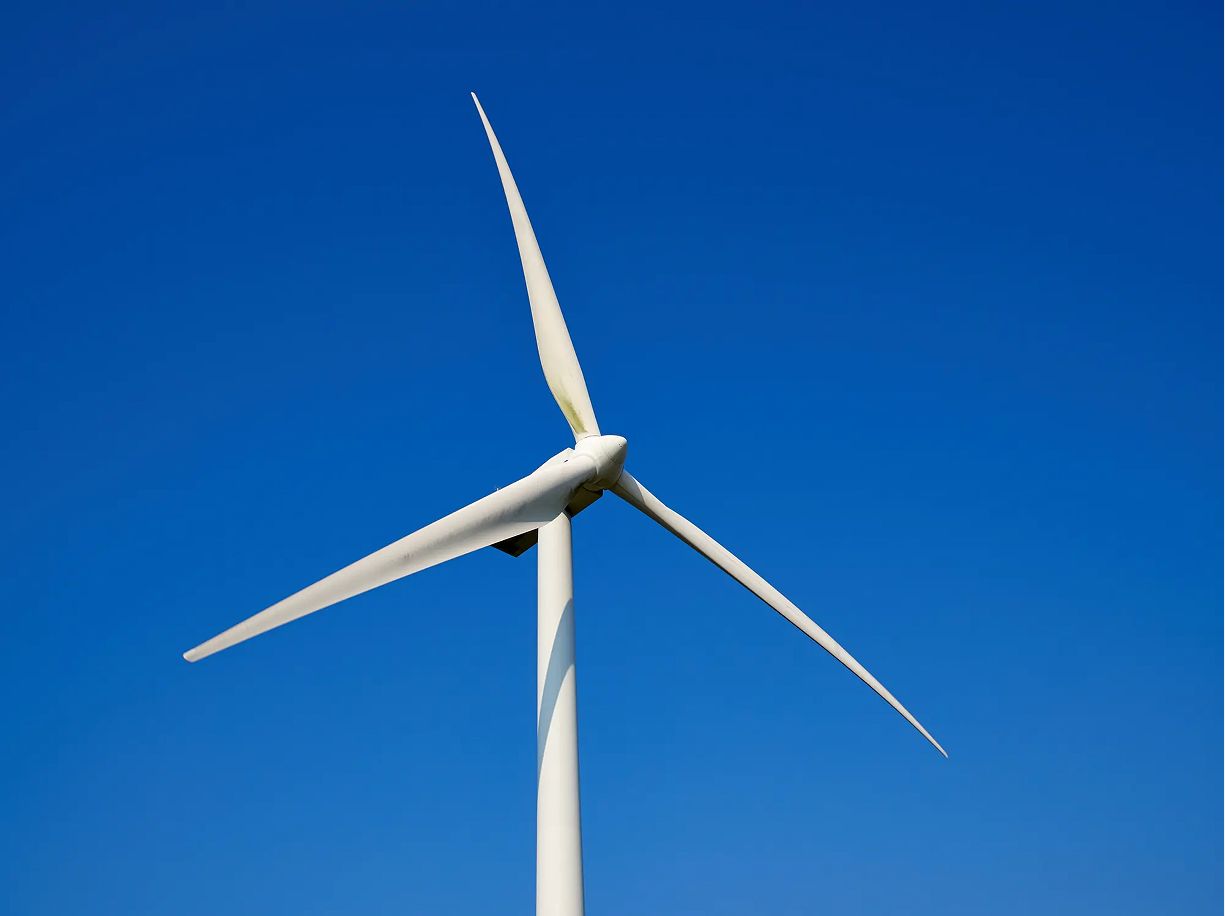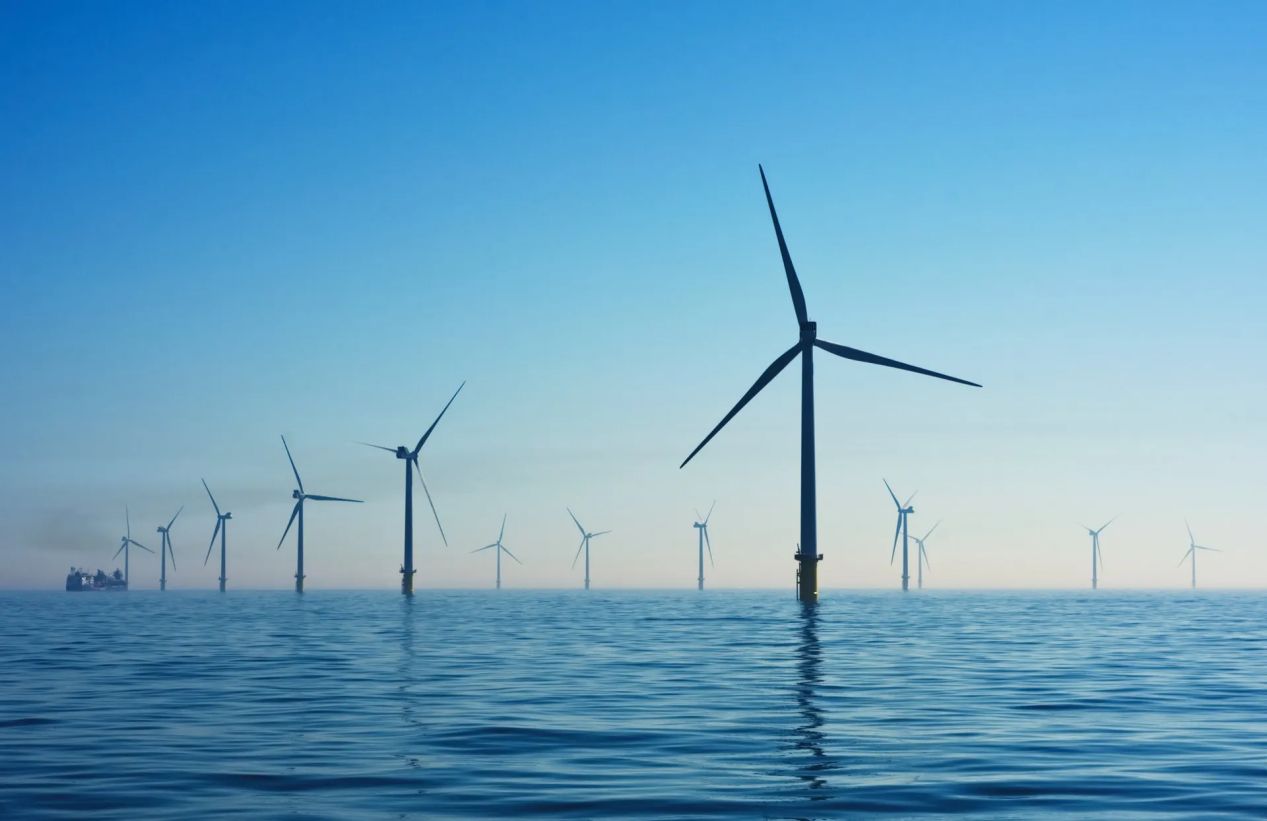
ECR-glass direct roving is a type of fiberglass reinforcement material used in the manufacturing of wind turbine blades for the wind power industry. ECR fiberglass is specifically engineered to provide enhanced mechanical properties, durability, and resistance to environmental factors, making it a suitable choice for wind power applications. Here are some key points about ECR fiberglass direct roving for wind power:
Enhanced Mechanical Properties: ECR fiberglass is designed to offer improved mechanical properties such as tensile strength, flexural strength, and impact resistance. This is crucial for ensuring the structural integrity and longevity of wind turbine blades, which are subjected to varying wind forces and loads.
Durability: Wind turbine blades are exposed to harsh environmental conditions, including UV radiation, moisture, and temperature fluctuations. ECR fiberglass is formulated to withstand these conditions and maintain its performance over the lifespan of the wind turbine.
Corrosion Resistance: ECR fiberglass is corrosion-resistant, which is important for wind turbine blades located in coastal or humid environments where corrosion can be a significant concern.
Lightweight: Despite its strength and durability, ECR fiberglass is relatively lightweight, which helps reduce the overall weight of wind turbine blades. This is important for achieving optimal aerodynamic performance and energy generation.
Manufacturing Process: ECR fiberglass direct roving is typically used in the blade manufacturing process. It is wound onto bobbins or spools and then fed into the blade manufacturing machinery, where it is impregnated with resin and layered to create the composite structure of the blade.
Quality Control: The production of ECR fiberglass direct roving involves strict quality control measures to ensure consistency and uniformity in the material's properties. This is important for achieving consistent blade performance.

Environmental Considerations: ECR fiberglass is designed to be environmentally friendly, with low emissions and reduced environmental impact during production and use.

In the cost breakdown of wind turbine blade materials, glass fiber accounts for approximately 28%. There are primarily two types of fibers used: glass fiber and carbon fiber, with glass fiber being the more cost-effective option and the most widely used reinforcing material at present.
The rapid development of global wind power has spanned over 40 years, with a late start but fast growth and ample potential domestically. Wind energy, characterized by its abundant and easily accessible resources, offers a vast outlook for development. Wind energy refers to the kinetic energy generated by the flow of air and is a zero-cost, widely available clean resource. Due to its extremely low lifecycle emissions, it has gradually become an increasingly important clean energy source worldwide.
The principle of wind power generation involves harnessing the kinetic energy of the wind to drive the rotation of wind turbine blades, which in turn converts wind energy into mechanical work. This mechanical work drives the rotation of the generator rotor, cutting magnetic field lines, ultimately producing alternating current. The generated electricity is transmitted through a collection network to the wind farm's substation, where it is stepped up in voltage and integrated into the grid to power households and businesses.
Compared to hydroelectric and thermal power, wind power facilities have significantly lower maintenance and operating costs, as well as a smaller ecological footprint. This makes them highly conducive to large-scale development and commercialization.
The global development of wind power has been ongoing for over 40 years, with late beginnings domestically but rapid growth and ample room for expansion. Wind power originated in Denmark in the late 19th century but gained significant attention only after the first oil crisis in 1973. Faced with concerns about oil shortages and the environmental pollution associated with fossil fuel-based electricity generation, Western developed countries invested substantial human and financial resources in wind power research and applications, leading to a rapid expansion of global wind power capacity. In 2015, for the first time, the annual growth in renewable resource-based electricity capacity exceeded that of conventional energy sources, signaling a structural change in the global power systems.
Between 1995 and 2020, the cumulative global wind power capacity achieved a compounded annual growth rate of 18.34%, reaching a total capacity of 707.4 GW.




